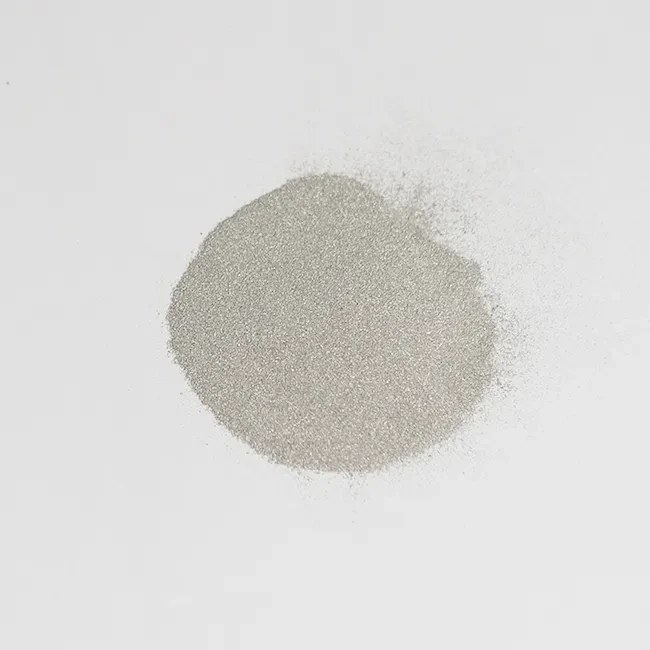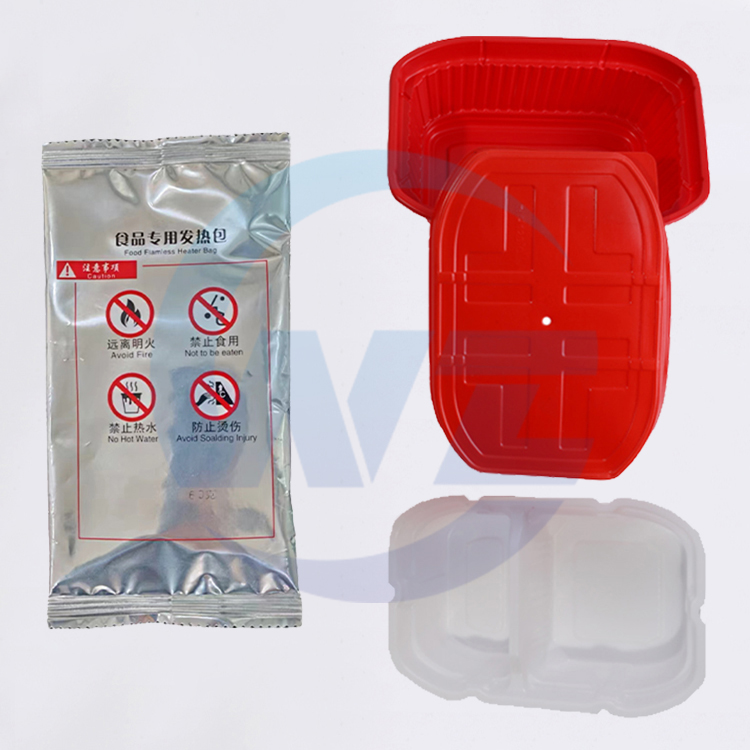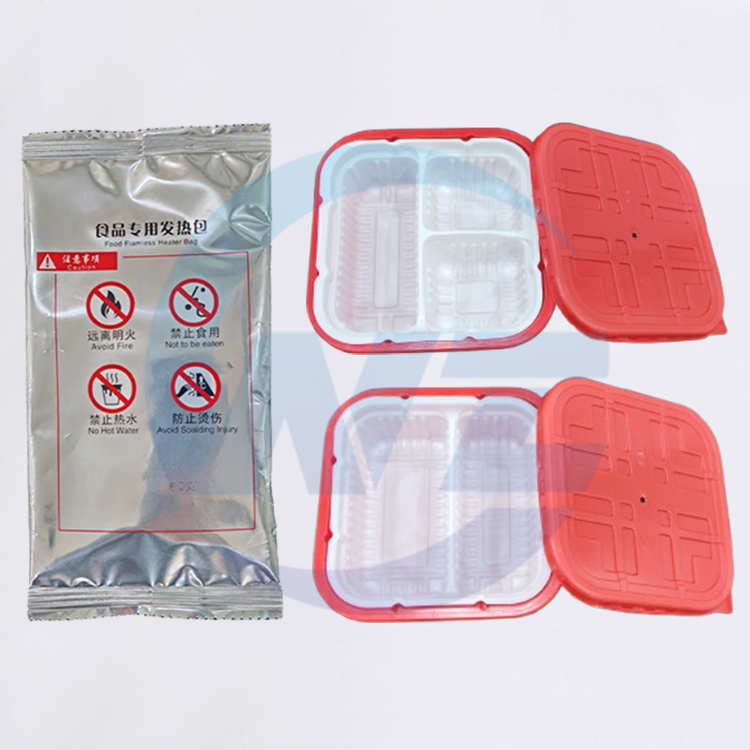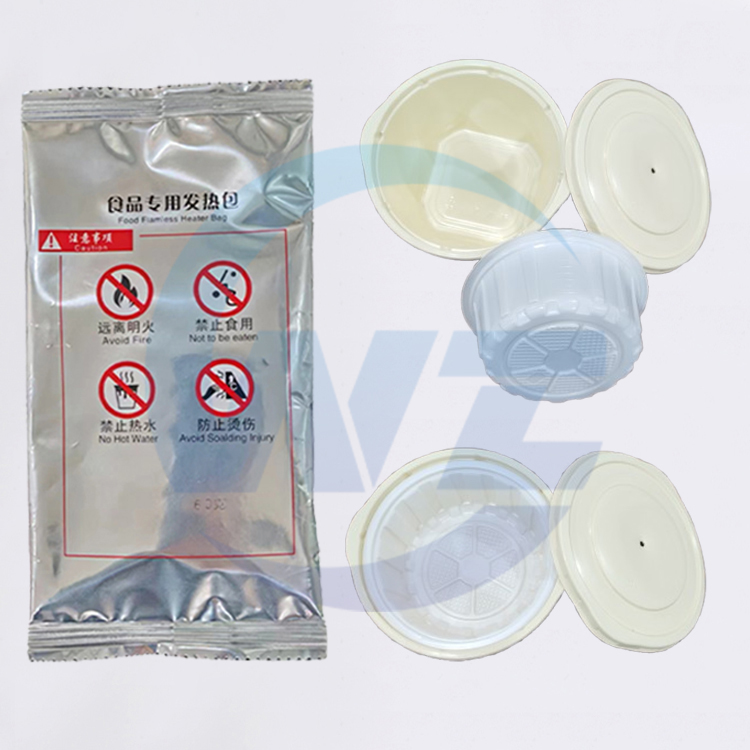by andelszhang
Share
by andelszhang
Share

Magnesium metal Introduction
Magnesium metal powder is a fine, dry powder form of magnesium metal that has a wide range of applications across various industries. In this article, we will explore what magnesium metal powder is, its properties, and its practical uses, with a focus on providing valuable information for international customers who may encounter this material in their daily lives or professional endeavors.
Understanding Magnesium Metal Powder
Magnesium metal powder is created by processes such as milling, grinding, or atomization, which break down larger pieces of magnesium into smaller particles. The powder can be of various particle sizes, from coarse to ultra-fine, depending on the intended use and application.
1.1 Properties of Magnesium Metal Powder
a. Reactivity: Magnesium metal powder is highly reactive and can easily react with oxygen, water, and acids. This reactivity is what makes it an excellent material for applications like flameless ration heaters, where it is used to generate heat through a chemical reaction.
b. Low Melting Point: Magnesium metal powder has a low melting point, which makes it suitable for applications where the material needs to be melted or processed at lower temperatures.
c. Biocompatibility: Magnesium metal powder is biocompatible, which means it can be safely used in medical and dental applications without causing adverse reactions in the body.
- Applications of Magnesium Metal Powder
Magnesium metal powder is used in a variety of applications across different industries. Some common uses include:
2.1 Flameless Ration Heaters
Flameless ration heaters, also known as MRE heaters or self-heating meals, use a chemical reaction involving magnesium metal powder to generate heat. This reaction occurs when water is added to the heater packet, which contains a mixture of magnesium, iron, and sodium metabisulfite. The magnesium reacts with oxygen in the air, producing heat as a byproduct.
2.2 Metal Alloys
Magnesium metal powder is added to alloys to improve their properties, such as reducing the density, increasing the strength, and enhancing the resistance to corrosion. It is commonly used in alloys for automotive parts, aerospace components, and electronic devices.
2.3 Chemical Reactions
Due to its high reactivity, magnesium metal powder is used in chemical reactions as a reducing agent or catalyst. It is commonly used in industrial processes such as the production of polymers, pharmaceuticals, and agricultural chemicals.
2.4 Energy Storage
Magnesium metal powder can be used in energy storage systems, such as in batteries or fuel cells, where it is involved in redox reactions that store or release energy. It is an attractive option for energy storage due to its high energy density and environmental friendliness.
2.5 3D Printing
In the field of additive manufacturing, magnesium metal powder is used to create complex shapes and structures, offering advantages in weight and strength. It is particularly useful for applications where weight is critical, such as aerospace components and automotive parts.
2.6 Aerospace and Automotive
Magnesium metal powder is used in the aerospace and automotive industries for lightweight components that need to withstand high temperatures. It is commonly used in structural parts, engine components, and suspension systems.
2.7 Dental Applications
In dentistry, magnesium metal powder is used to create dental restorations and orthodontic appliances due to its biocompatibility and corrosion resistance. It is particularly useful for applications where strength and durability are required, such as dental crowns and bridges.
2.8 Ballistics
Magnesium metal powder is used in the manufacturing of incendiary and explosive devices due to its flammability and the intense heat it generates when ignited. It is commonly used in military applications, such as grenades and smoke bombs.
- Safety Considerations for International Customers
3.1 Handling and Storage
When handling magnesium metal powder, it is essential to follow strict safety protocols to prevent accidental ignition and potential health hazards. Proper ventilation, handling techniques, and protective gear are necessary to ensure safe handling and storage.
3.2 Storage Conditions
Magnesium metal powder should be stored in a cool, dry place away from sources of ignition, such as open flames, sparks, and heat. It should be stored in a tightly sealed container to prevent moisture absorption and accidental activation.
3.3 Personal Protective Equipment
When handling magnesium metal powder, it is important to wear appropriate personal protective equipment, including gloves, goggles, and a face mask. This will help protect against potential skin and respiratory irritation
STAY IN THE LOOP



